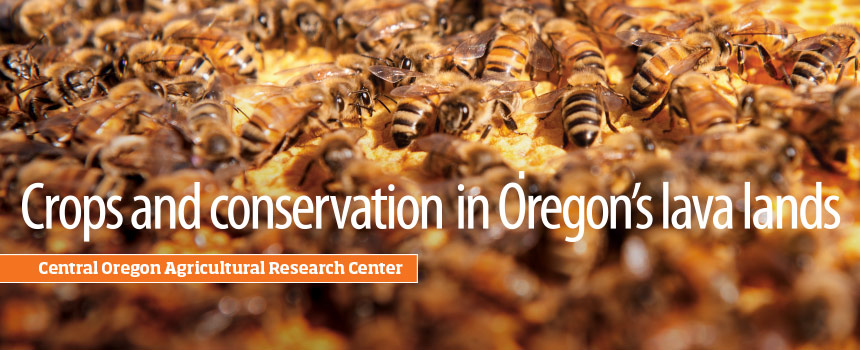Keeping ammonia down on the farm

The remote beauty of central Oregon’s high desert surrounds Mark Hagman’s farm near Culver. His crops of Kentucky bluegrass seed, wheat, and carrot seed look good. But Hagman is worried about what he cannot see. When growers apply some fertilizer products, a substance called ammonia, an essential part of a plant’s nitrogen cycle, can vaporize into the air.
“[Losing ammonia] means we’ve lost some of the crop as well as the money we spent on fertilizer that volatizes rather than going into the soil,” Hagman said. And vaporized ammonia can pollute the air.
Marvin Butler, director of COARC, is investigating how much ammonia is lost when certain fertilizers are applied. In a two-year study of Kentucky bluegrass fields, Butler and colleagues found that urea-based fertilizers lose the most nitrogen to ammonia volatilization. Timing fertilizer applications and using a chemical urea inhibitor could keep the nitrogen in the soil, reduce loss of ammonia to the atmosphere by 20 to 25 percent, and save 4 to 6 percent on fertilizer cost.
[caption caption="Less ammonia volatilization means more fresh mountain air around Central Oregon farms. (Photo by Stephen Ward.)"] [/caption]
[/caption]
“This research provides information growers need to maximize their return on fertilizer investment while protecting the environment from potential pollutants that affect air quality,” Butler said.
“It’s important to utilize fertilizer more efficiently to get a better crop and have less volatilization,” Hagman said. Meaning that Hagman and others can now breathe the fresh mountain air around their farms a little more easily.
